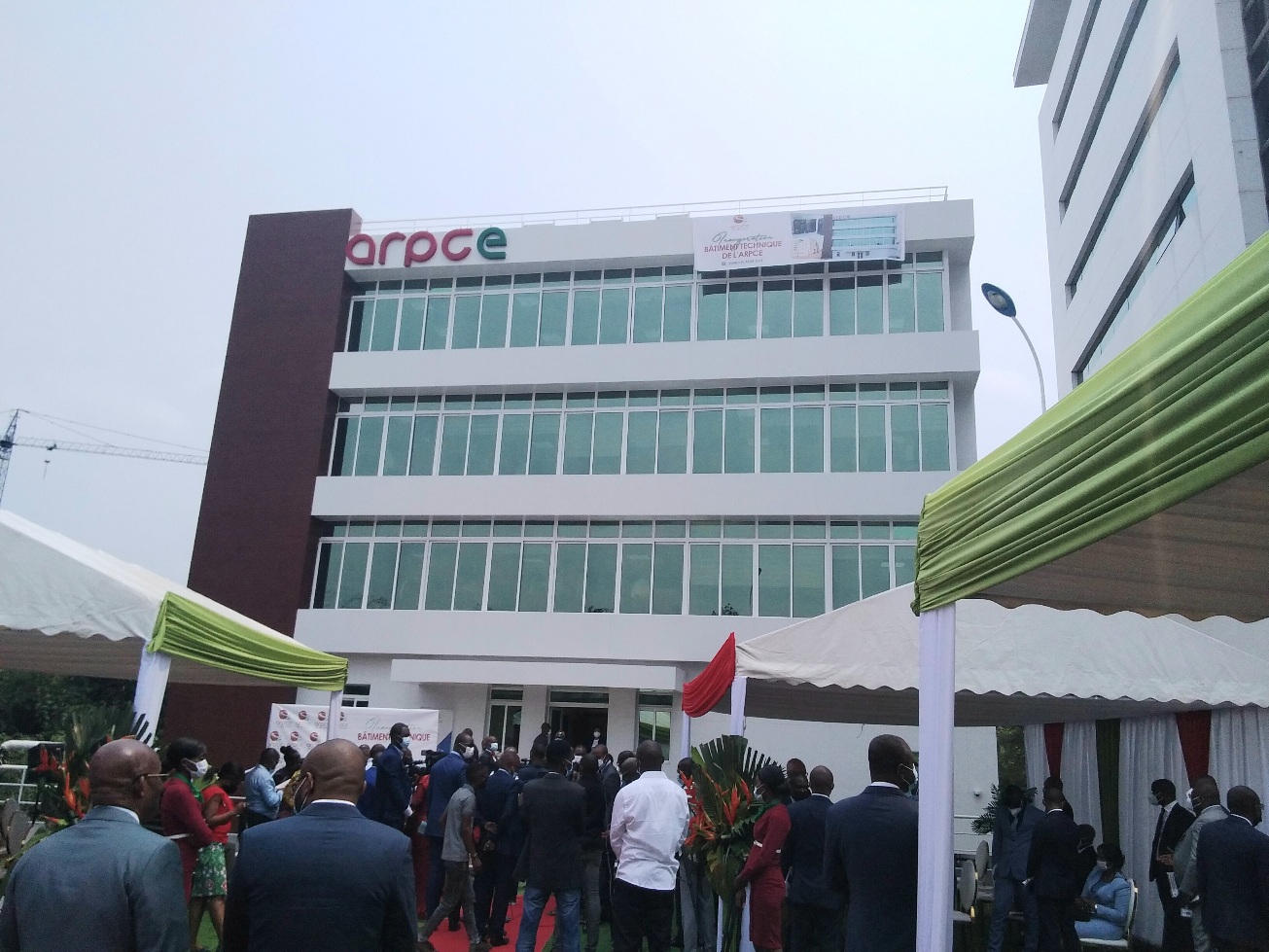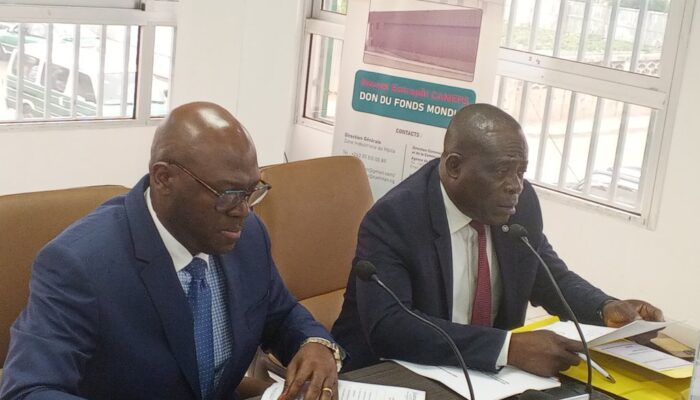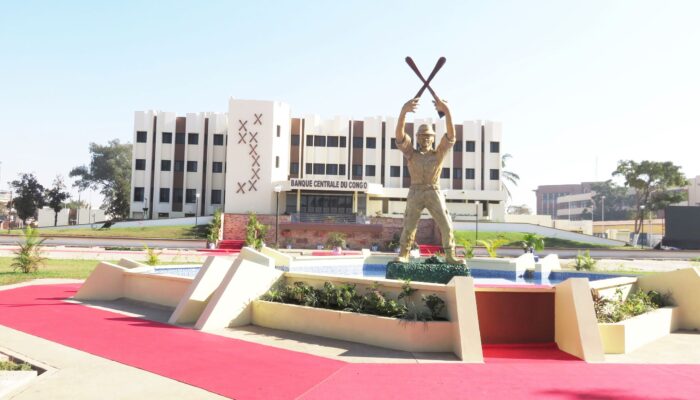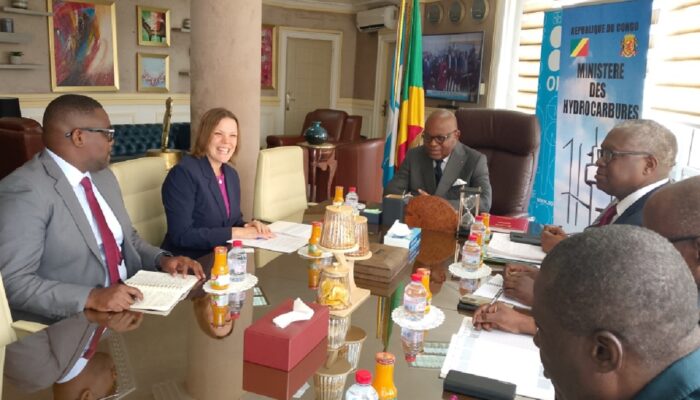The Postal and Electronic Communications Regulatory Agency (ARPCE) unveiled the results of its latest comprehensive survey on the quality of mobile networks in Congo on August 14 in Brazzaville. This detailed study, conducted over a six-week period from June 7 to July 18, examined the 2G, 3G and 4G voice and data services of the country’s two main operators: MTN Congo and Airtel Congo.
The survey, presented by Benjamin Mouandza, Director of Electronic Communications Networks and Services at ARPCE, covered almost the entire territory. The measurements were carried out not only in the country’s two largest cities, Brazzaville and Pointe-Noire, but also along the two main national roads. In addition, nine cities in the interior were included in the study: Gamboma, Oyo, Owando, Ouesso, Kintélé, Mouyondzi, Madingou, Nkayi and Dolisie, thus providing a complete overview of the situation of mobile networks across the Congo.
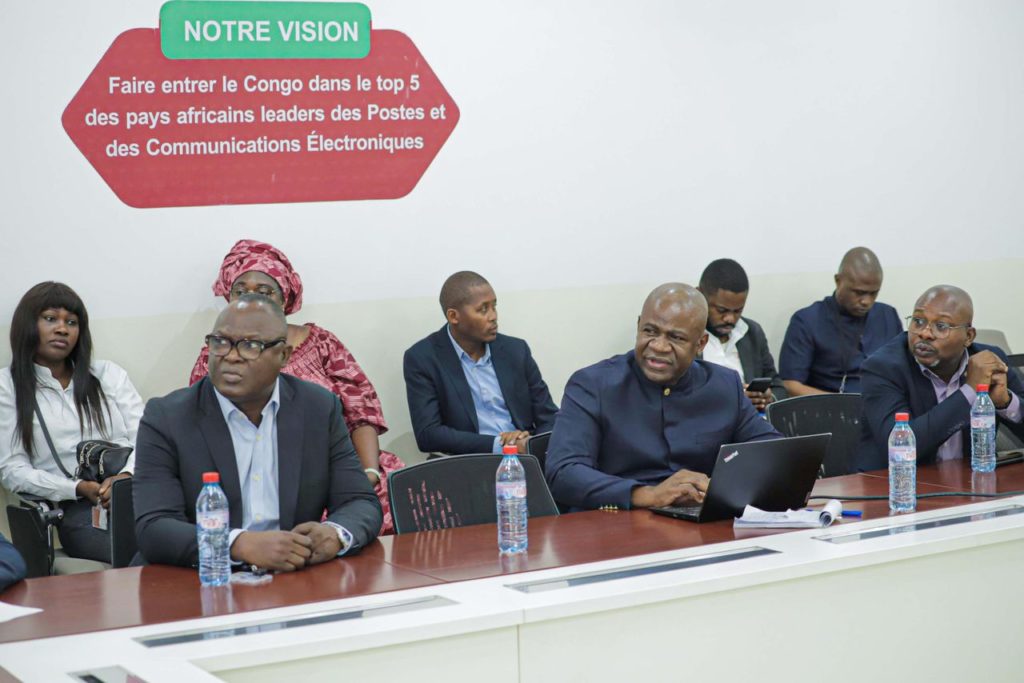
The study highlighted a significant improvement in 2G and 3G coverage on national roads. The Yié-Mindouli sections on national road No. 1 and Lifoula-Makoua on national road No. 2 now benefit from better mobile phone coverage. This progress is attributed to two main factors: the sanctions imposed by the regulator and the coverage obligation imposed on operators, in particular thanks to the implementation of national roaming.
Despite these advances, the report highlights that significant efforts remain to be made. In the south of the country, Airtel must strengthen its 3G coverage in Nkayi, Dolisie and Kintélé. MTN, for its part, faces similar challenges in Mouyondzi, Madingou, Dolisie and Kintélé.
The situation is also worrying in the North of the country. MTN must improve its 2G coverage and quality overall, as well as its 3G in Gamboma, Owando and Ouesso. Airtel is not far behind, with progress to be made in 2G in these same cities.
Brazzaville and Pointe-Noire, despite their status as major urban centres, also experience problems with network coverage and quality, particularly in 2G. Benjamin Mouandza stressed ” the need for operators to reduce network access failures and outages during communication”, particularly on national roads.
Regarding mobile internet, 4G is doing well by offering better performance. On the other hand, operators have been called upon to improve the quality of 3G, particularly in Owando and Brazzaville for Airtel, and in Oyo and Ouesso for MTN.
Operators responded to the findings. MTN representatives welcomed the efforts made while acknowledging the need to improve coverage on national roads. The operator also explained that the assessment coincided with quality optimisation work across the country, which could explain some of the negative results.
Airtel, for its part, confirmed the work carried out on national roads and justified some of the results by a software update carried out on its network from June 14 to 20, as part of ongoing improvements.
It is important to emphasize that this assessment is part of the Congolese legal and regulatory framework, in particular laws No. 9 and 11 relating respectively to the regulation of the electronic communications sector and the creation of the ARPCE. It also meets the requirements of the specifications related to the operating licenses for 2G, 3G and 4G networks acquired by the operators.
This in-depth study highlights the progress made by mobile operators in Congo, while highlighting the many challenges that remain to ensure optimal coverage and quality of service across the entire national territory. The formal notices served on operators should encourage them to redouble their efforts to improve their networks for the benefit of consumers.



